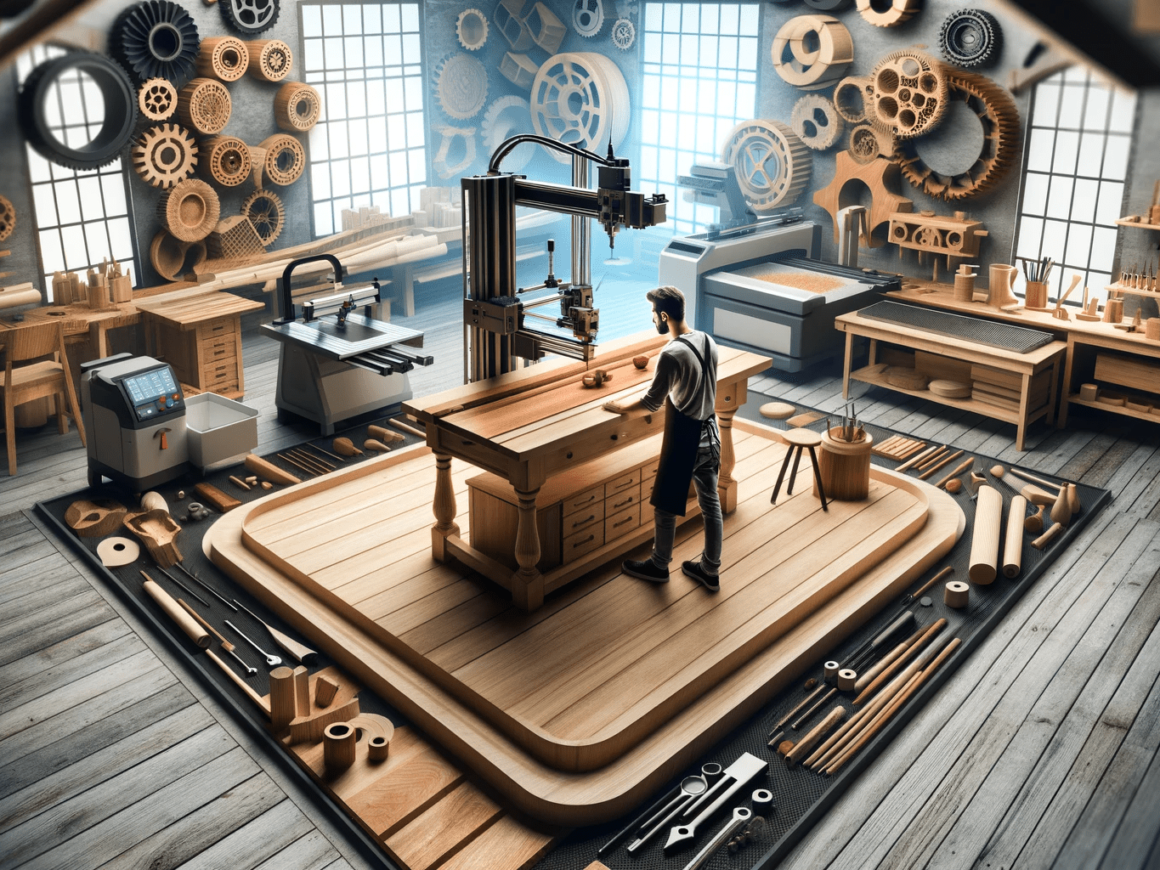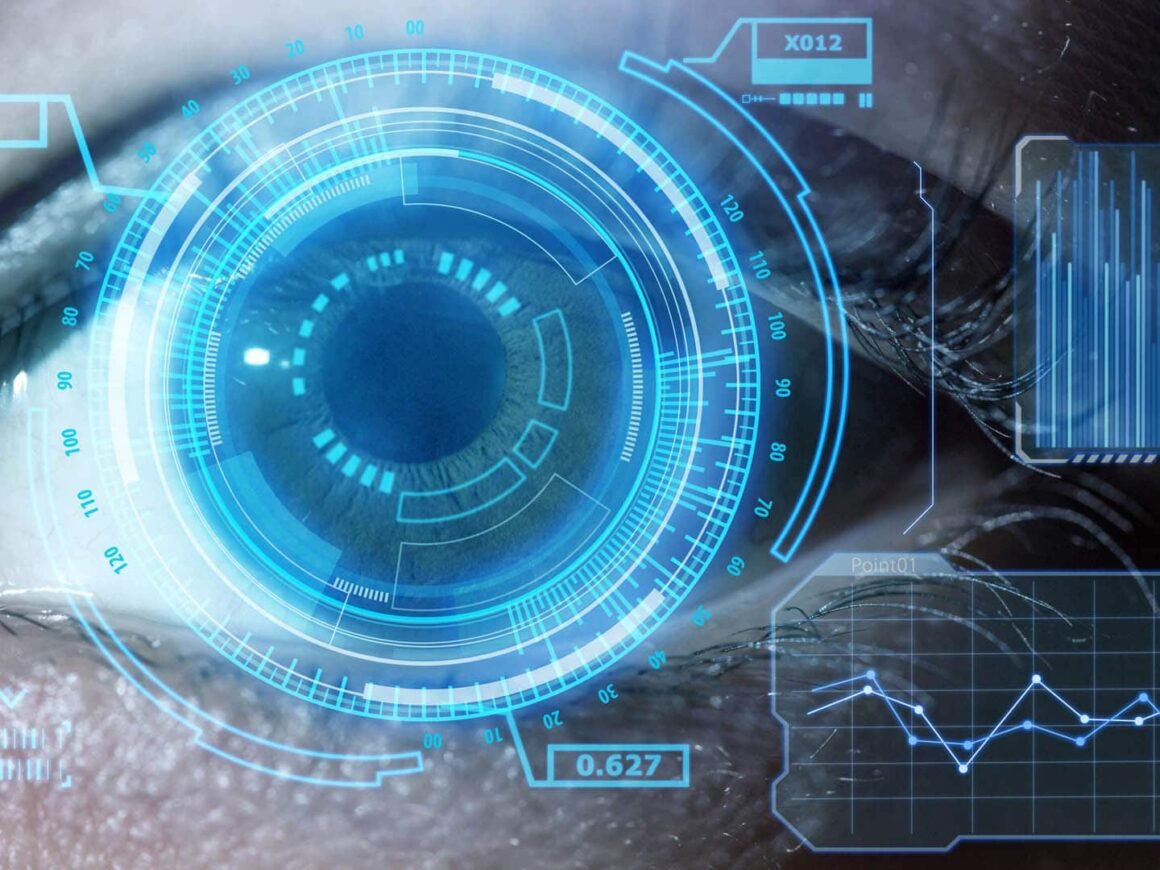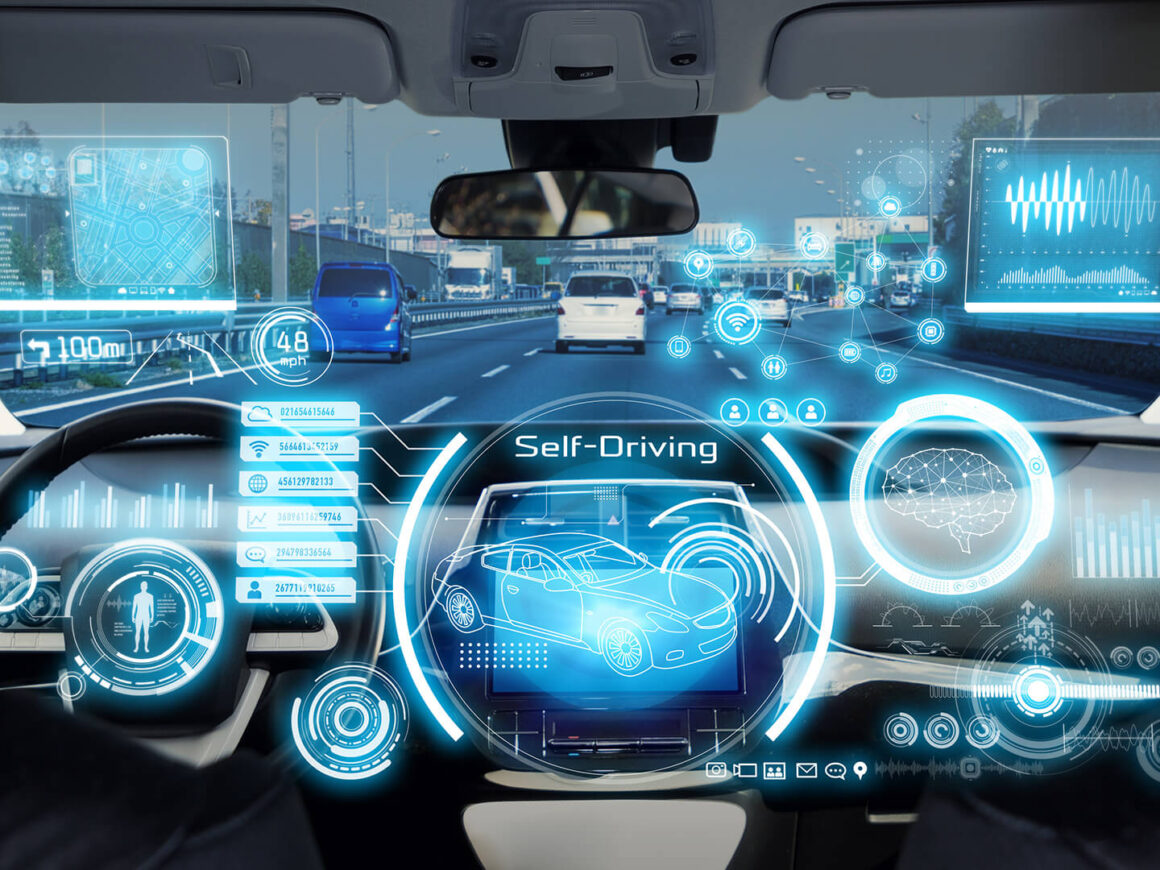They say necessity is the mother of all invention, but which states inspired which inventions? Whether the invention was necessary or not is subjective, each of the items depicted below have had an impact on modern society in some way. Check out the infographic to learn more.

Most of the inventions listed here are impactful because they address the most basic needs of Americans. Since William Stewart Halsted introduced latex medical gloves in 1894, the medicine and health science industry has pioneered lifesaving breakthroughs and advanced medical technologies, including Rachel Fuller Brown and Elizabeth Lee Hazen’s revolutionary development of Nystatin, one of the most effective medications for fighting fungal infections, and the invention of the artificial heart in 1982. Modern science and medicine continue to stand on the shoulders of past inventions and advancements to take on the health issues of the future.
Many inventions on the infographic are impactful because in their time, they disrupted the very fabric of the American economy. In 1792, Robert B. Thomas first published The Farmer’s Almanac in New Hampshire and immediately, farmers were able to prepare and strategize how to get the best crop yield. Greater harvests demanded better machinery to keep up with the progress, leading to the invention of Eli Whitney’s cotton gin in 1794 and nearly a century later, the tractor in Iowa. Ways to improve manufacturing and machinery also led to the invention of vulcanized rubber (1845 in Connecticut) and the assembly line (1902 in Michigan). Inventions were popping up across the nation to solve the “good problem” of progress.
Some inventions prove to be revolutionary because they change society in a profound way. These inventions are so integral to our modern lives that we can barely think of a time before these products, let alone a reason why we’d ever return to the days before such inventions. An obvious, modern example is the digital computer. Though technically developed in 1937 by John Vincent Atanasoff for personal, business, and technical applications, it was only in the last quarter of the 20th century that the computer really took off and reprogrammed the way people live, work, communicate, and behave. The popularity of the personal computer led to the advent of the World Wide Web in 1990, which then paved the way for smartphones—personal computers in our pockets. The introduction of the iPhone in 2005 solidified that the future belongs to personalized computer technology.
Entrepreneurship goes hand-in-hand with inventing. Items like the vacuum cleaner, tampons, air conditioning, and a shovel handle may not seem like necessary items but their inventors— John S. Thurman, Dr. Earle Haas, Haviland Carrier, and George C Choate, respectively—would agree that the existence of these inventions improves the lives of the user. And any economist knows that creating a demand for a viable product is not only good business, it’s a necessity.
Post brought to you by: MidAmerica Nazarene University









3 comments
I didn’t know that.
Why is it I always really feel like you do?
Right on my man!